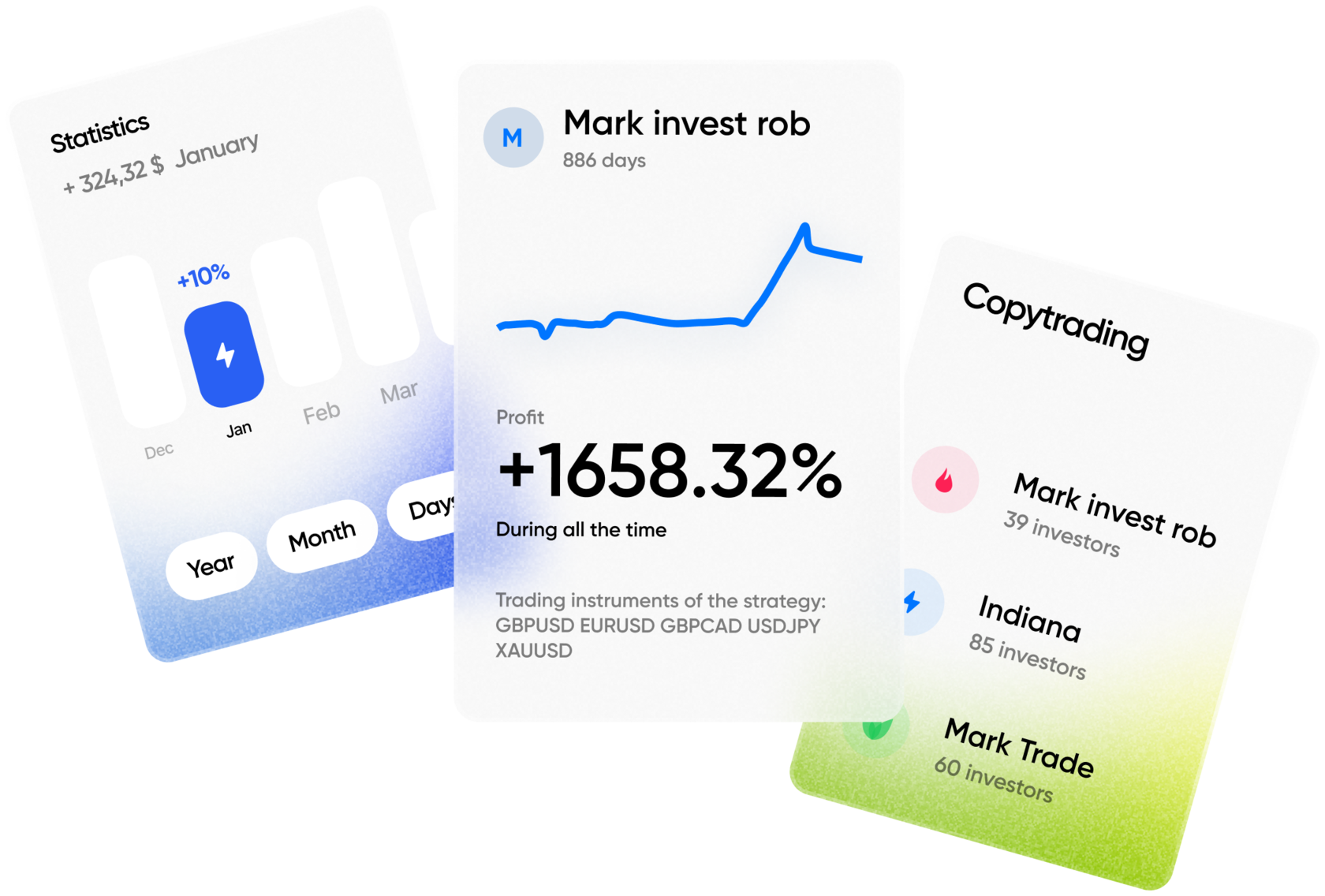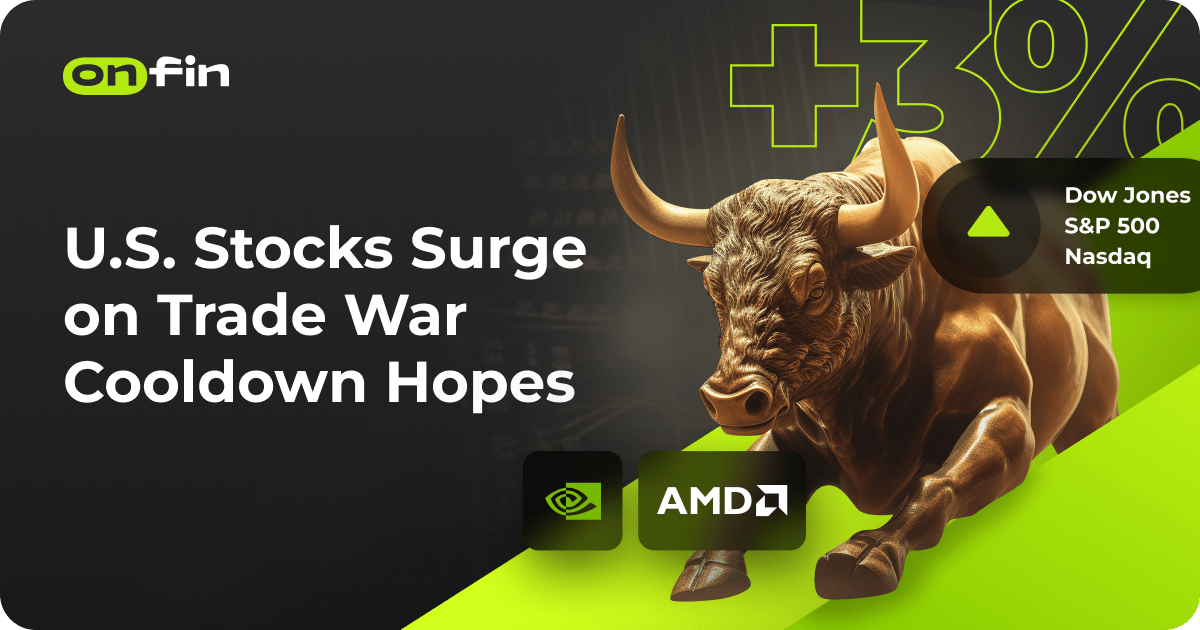On Tuesday, April 22, 2025, U.S. stock markets posted a solid rebound, recovering most of Monday’s losses as investors responded positively to growing optimism about the potential softening of global trade tensions. All three major indices — the Dow Jones Industrial Average, the S&P 500, and the Nasdaq Composite — rose by up to 3%, marking one of their best one-day gains this month. Market participants were encouraged by statements suggesting a possible turning point in the prolonged tariff conflict between the United States and China.
The rally followed remarks made behind closed doors by U.S. Treasury Secretary Scott Bessent, who reportedly told a select group of business leaders and lawmakers that the ongoing tariff dispute with China was not sustainable in its current form. According to a Bloomberg report, Bessent expressed confidence that de-escalation was likely in the near future, signaling that Washington may be seeking a more pragmatic approach to its trade strategy.
No Talks Yet, But Markets Embrace Risk on Policy Hopes
Although there have been no formal negotiations announced between Washington and Beijing, the tone of Bessent’s comments was enough to spark a broad rally across risk assets. Traders and institutional investors rotated out of safe-haven assets and back into equities, particularly in sectors previously hit hardest by tariff concerns, such as technology, industrials, and consumer discretionary.
The move signaled renewed appetite for risk, as investors interpreted Bessent’s remarks as a sign that the U.S. administration may be preparing to scale back or reframe its trade policies. The semiconductor sector, for instance, saw strong gains, with companies like Nvidia and AMD rebounding after recent tariff-related pressure. Similarly, shares of logistics and manufacturing firms with exposure to Asia also rallied sharply.
Treasuries and U.S. Dollar Show Limited Reaction Amid Fed Uncertainty
Meanwhile, the U.S. Treasury bond market and the dollar index showed only moderate fluctuations throughout the day, reflecting broader uncertainty around monetary policy and central bank leadership. Yields on 10-year Treasuries remained relatively stable, moving within a narrow range as traders weighed conflicting signals from the White House and the Federal Reserve.
Market attention also turned to growing speculation that President Donald Trump may be considering replacing Federal Reserve Chair Jerome Powell. The president recently publicly criticized Powell, accusing him of not cutting interest rates quickly enough to support economic growth amid persistent inflationary pressures and global financial volatility. Though the White House has not confirmed any such plans, the mere suggestion of Powell’s potential removal created unease in bond markets.
Northern Trust: Uncertainty Should Be Met with Caution
Commenting on the day’s events, Anwiti Bahuguna, Chief Investment Officer at Northern Trust Asset Management, cautioned investors against overreacting to short-term headlines and daily market swings. “We are in a period of extreme uncertainty, and it’s unwise to place too much emphasis on single-day volatility,” Bahuguna told Bloomberg. She emphasized the importance of focusing on long-term fundamentals rather than political noise or speculative narratives.
Bahuguna also noted that while the market had welcomed Bessent’s comments, the lack of formal policy moves or confirmed diplomatic engagement meant that the situation remained fluid. “We’ve seen how fragile sentiment can be when it’s driven by off-the-record statements or unsourced speculation,” she added, reinforcing the need for investor discipline and diversified strategies.
Outlook: Investors Eye Washington-Beijing Signals and Fed Clarity
Looking ahead, traders are expected to closely monitor any new signals from both the U.S. Treasury and the White House regarding the administration’s trade agenda. Investors are also seeking clarity from the Federal Reserve, particularly in terms of its next moves on interest rates and its response to political pressure.
While Tuesday’s rally was a welcome break from recent volatility, analysts warn that markets may remain on edge until there is clear direction on tariffs, central bank leadership, and inflation control. For now, sentiment appears cautiously optimistic — but heavily dependent on news flow and high-level political decisions that are often unpredictable.







